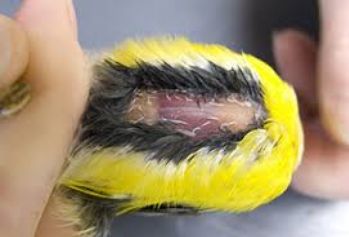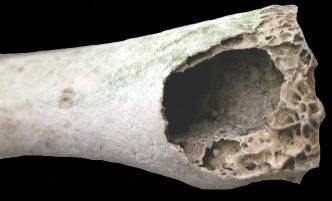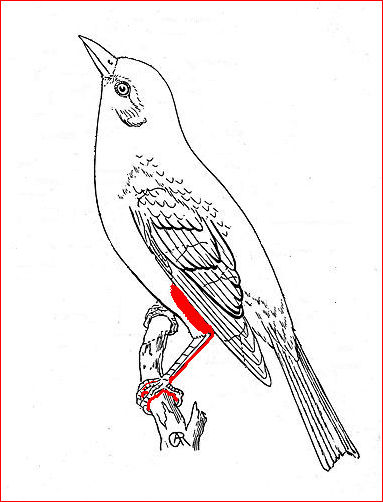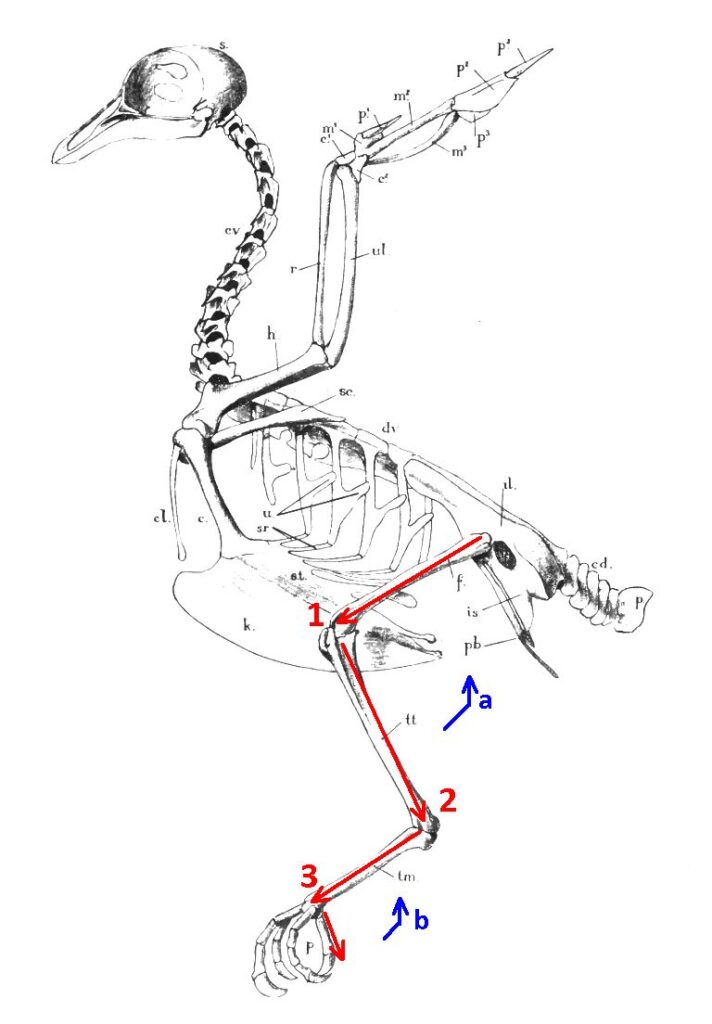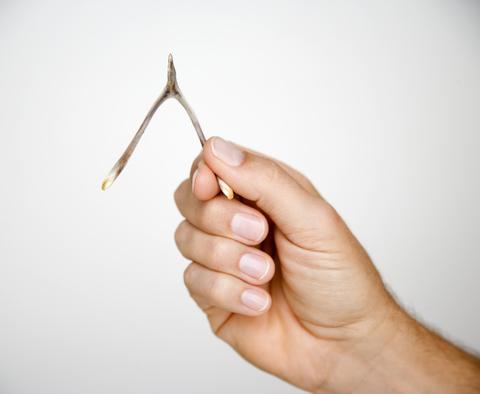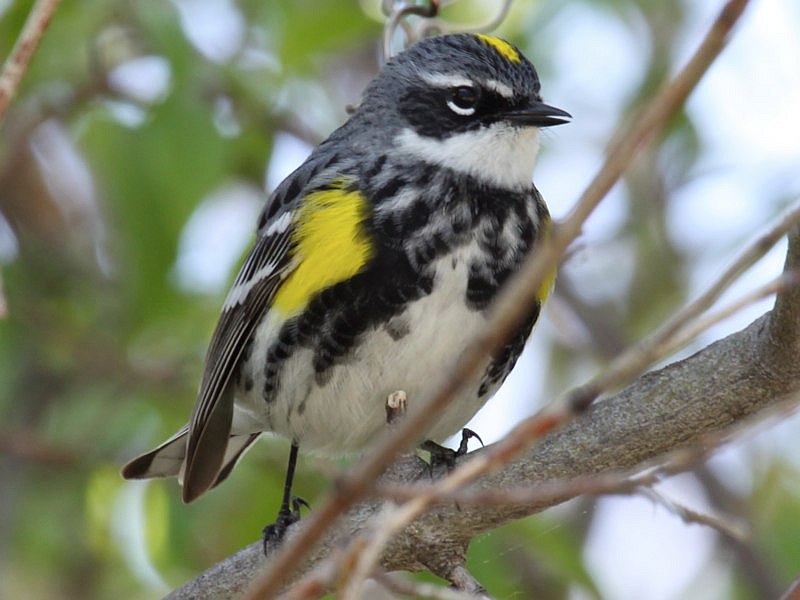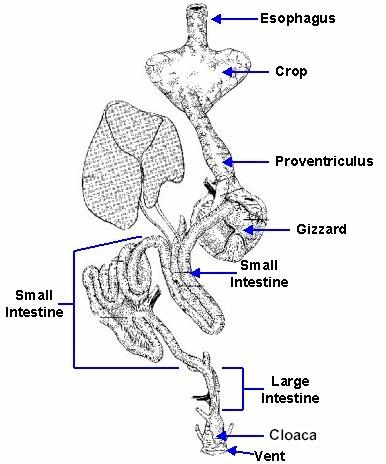
7 January 2011:
One of the fascinating things about birds is that each species is specialized and it’s expressed in so many ways, even in their feet.
A couple of days ago fellow birder Bill Parker sent a me a message in which he mused on the length of birds’ rear toes with photos to illustrate. He said, “I was noticing in one photo that the Snow Bunting has really long rear toes.”
As you see in Bill’s pictures the rear toe, or hallux, on the golden-crowned sparrow (left) is normal for a perching bird, it appears to be missing on the sanderling (middle), and it’s very long on the snow bunting (right). I’ve blogged about the position of the toes but I’d never thought about their length so I did some research.
It turns out that rear toes are highly variable. Many wading and water birds have a vestigial hallux that’s so high on the metatarsus and so short that it doesn’t touch the ground. That’s what happened to the sanderling.
But there are exceptions. On cormorants the rear toes face (vaguely) forward and are webbed with the other three. On kittiwakes the fourth toe is gone.
Birds’ toes indicate their lifestyle. Sparrows perch a lot so they need a grasping hallux. Sanderlings walk on the beach (a lot!) so they don’t need rear toes. And snow buntings are perching birds who wear snowshoes.
Even we could use a hallux sometimes. “When I’ve been on a ladder painting, I’ve wished for a rear toe like the Snow Bunting,” said Bill.
Check out the jacana’s toes. They’ll certainly keep you on a ladder!
(photos by William Parker)

